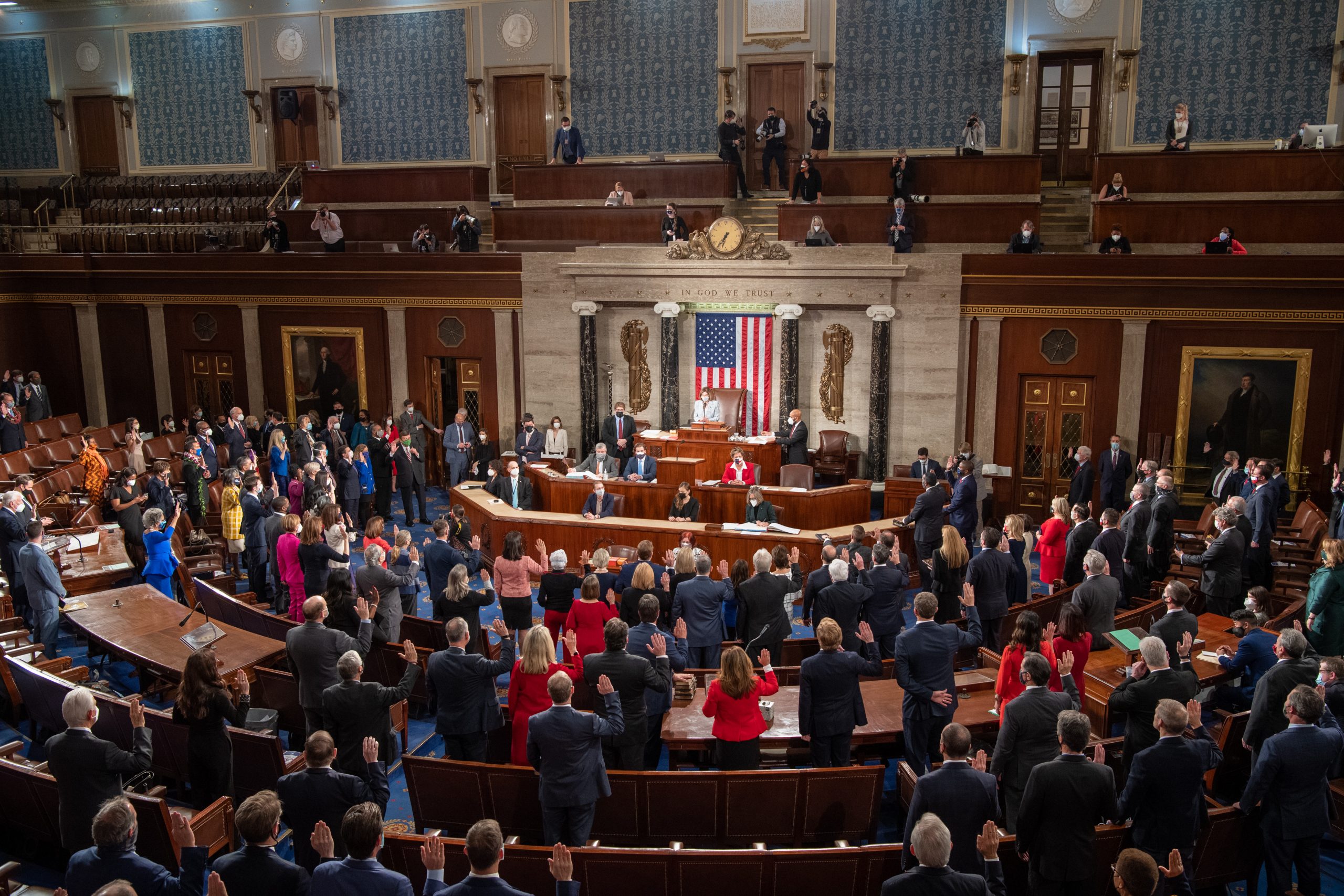National Standards Authority of Ireland
- Home Page 337

loading...
A Man in Full
“Whom the gods love, die young.”
— Menander (341-290 BCE)
- National Lampoon 1964 High School Yearbook Parody (1974; with Doug Kenney); ISBN 978-1-59071-057-9
- National Lampoon Sunday Newspaper Parody (1978; with John Hughes); ISBN 978-1-59071-037-1
- Modern Manners (1983); ISBN 978-0-87113-375-5
- The Bachelor Home Companion (1986); ISBN 978-0-87113-686-2
- Republican Party Reptile (1987); ISBN 978-0-87113-622-0
- Holidays in Hell (1989); ISBN 978-0-8021-3701-2
- Parliament of Whores (1991); ISBN 978-0-8021-3970-2
- Give War a Chance (1992); ISBN 978-0-679-74201-2
- All the Trouble in the World (1994); ISBN 978-0-87113-611-4
- Age and Guile Beat Youth, Innocence, and a Bad Haircut (1995); ISBN 978-0-87113-653-4
- The American Spectator’s Enemies List (1996); ISBN 978-0-87113-632-9
- Eat the Rich (1999); ISBN 978-0-87113-760-9
- The CEO of the Sofa (2001); ISBN 978-0-8021-3940-5
- Peace Kills: America’s Fun New Imperialism (2004); ISBN 978-0-8021-4198-9
- On the Wealth of Nations: Books That Changed the World (2007); ISBN 978-0-8021-4342-6
- Driving Like Crazy (2009); ISBN 978-0-8021-1883-7
- Don’t Vote! – It Just Encourages the Bastards (2010) ISBN 978-0-8021-1960-5
- Holidays in Heck (2011); ISBN 978-0-8021-1985-8
- The Baby Boom: How It Got That Way (And It Wasn’t My Fault) (And I’ll Never Do It Again) (2014) ISBN 978-0-8021-2197-4
- Thrown Under the Omnibus (2015); ISBN 978-0-8021-2366-4
- How the Hell Did This Happen? The Election of 2016 (2017); ISBN 978-0802126191
- None of My Business: P.J. Explains Money, Banking, Debt, Equity, Assets, Liabilities, and Why He’s Not Rich and Neither Are You (2018); ISBN 978-0-8021-2848-5
- A Cry from the Far Middle: Dispatches from a Divided Land (2020); ISBN 978-0-8021-5773-7
New update alert! The 2022 update to the Trademark Assignment Dataset is now available online. Find 1.29 million trademark assignments, involving 2.28 million unique trademark properties issued by the USPTO between March 1952 and January 2023: https://t.co/njrDAbSpwB pic.twitter.com/GkAXrHoQ9T
— USPTO (@uspto) July 13, 2023
Welcome
Standards Michigan Group, LLC
2723 South State Street | Suite 150
Ann Arbor, MI 48104 USA
888-746-3670
DIRECTIONS
Layout mode
Predefined Skins
Custom Colors
Choose your skin color
Patterns Background
Images Background
error: Content is protected !!
Skip to content














